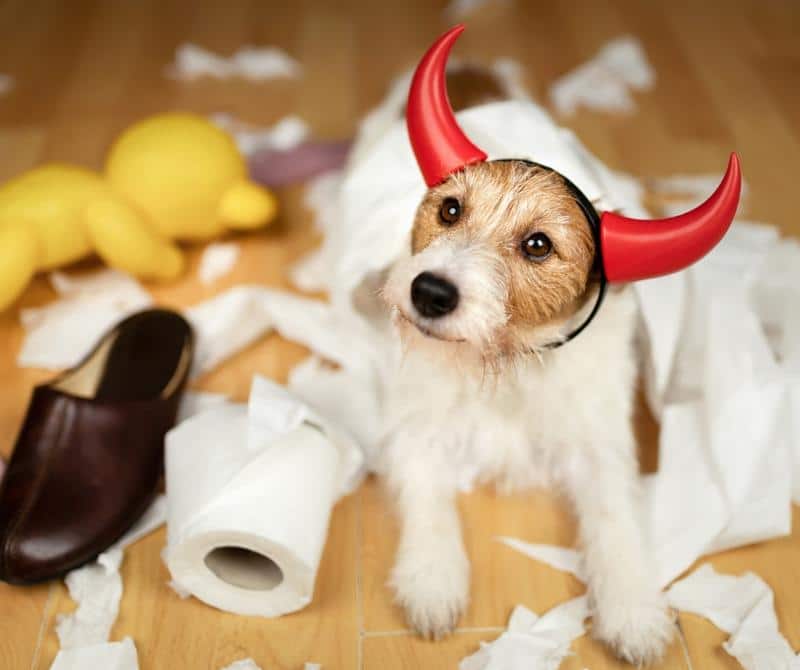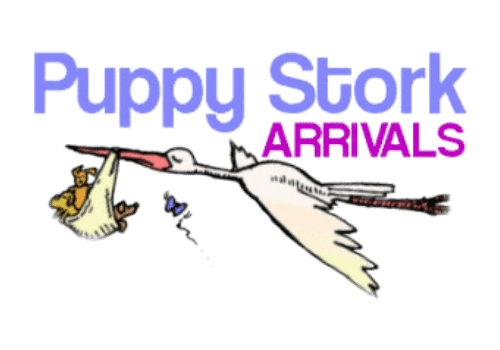
So, you’ve decided to welcome a furry bundle of joy into your home – congratulations! Whether you’re eagerly anticipating the pitter-patter of tiny paws or preparing to bring home a bounding ball of energy, one thing’s for certain: puppies are curious, mischievous, and oh-so-adventurous. From exploring every nook and cranny to chewing on anything that crosses their path, puppies have a knack for finding trouble – which is why puppy-proofing your home is an absolute must. In this guide, we’ll explore the ins and outs of puppy-proofing, from identifying potential hazards to creating a safe and welcoming environment for your newest family member.
Why Puppy-Proof?
Before we dive into the nitty-gritty of puppy-proofing, let’s take a moment to consider why it’s so important. Just like human toddlers, puppies are naturally curious and eager to explore their surroundings. However, unlike human toddlers, puppies lack the ability to distinguish between what’s safe and what’s not. This means that they’re prone to getting into all sorts of mischief – from chewing on electrical cords to ingesting toxic substances.
By puppy-proofing your home, you’re not only protecting your precious belongings from damage but, more importantly, you’re safeguarding your puppy’s health and well-being. From preventing accidents and injuries to promoting good behavior and instilling trust, puppy-proofing lays the foundation for a happy and harmonious relationship between you and your furry friend.
Identifying Potential Hazards
The first step in puppy-proofing your home is to identify potential hazards that could pose a danger to your furry friend. Start by getting down on your hands and knees and viewing your home from your puppy’s perspective. What might look harmless to you – like a dangling curtain cord or a low-hanging plant – could be an irresistible temptation for your curious canine.
Here are some common hazards to watch out for:
- Electrical Cords and Outlets: Puppies love to chew, and electrical cords are the perfect target for their teething antics. Make sure to secure cords out of reach or use cord protectors to prevent your puppy from getting shocked.
- Household Chemicals and Cleaning Products: Many common household cleaners and chemicals can be toxic to dogs if ingested. Store these items in a locked cabinet or high shelf to keep them out of your puppy’s reach.
- Small Objects: Puppies are notorious for swallowing small objects like coins, buttons, and rubber bands. Keep these items safely stored away to prevent choking hazards.
- Plants: Some common household plants – such as lilies, aloe vera, and ivy – can be toxic to dogs if ingested. Check the ASPCA’s list of toxic plants and remove any that pose a threat to your furry friend.
- Trash Cans: Trash cans are like treasure chests for puppies, filled with all sorts of tantalizing smells and tasty treats. Invest in a sturdy, lidded trash can to keep your puppy out of mischief.
- Furniture and Appliances: Sharp edges, unstable furniture, and open appliances (like ovens and dishwashers) can pose a danger to curious puppies. Use corner guards, anchor heavy furniture to the wall, and keep appliance doors closed to prevent accidents.
Creating a Safe Haven
Once you’ve identified potential hazards, it’s time to create a safe haven for your puppy – a place where they can play, eat, sleep, and explore without fear of harm. This safe space could be a designated puppy-proofed room, such as a kitchen or laundry room, or a cozy crate outfitted with soft bedding and plenty of toys.
Here are some tips for creating a safe haven for your puppy:
- Remove Temptations: Clear the area of any potential hazards, including electrical cords, toxic plants, and small objects that could be swallowed.
- Provide Plenty of Toys: Keep your puppy entertained and engaged with a variety of chew toys, puzzle toys, and interactive toys. Not only will toys help satisfy your puppy’s natural urge to chew, but they’ll also prevent boredom and destructive behavior.
- Establish a Routine: Set up a consistent feeding, potty, and play schedule to help your puppy feel safe and secure in their new environment. Consistency is key when it comes to puppy training, so stick to your routine as much as possible.
- Supervise and Redirect: Keep a close eye on your puppy whenever they’re exploring their safe haven, and be ready to intervene if they start to get into trouble. If you catch your puppy chewing on something they shouldn’t, calmly redirect their attention to a more appropriate toy.
- Provide Positive Reinforcement: Praise and reward your puppy for good behavior, such as chewing on their toys instead of your furniture or using their designated potty area. Positive reinforcement is a powerful training tool that will help your puppy learn what’s expected of them in their new home.
By puppy-proofing your home and creating a safe haven for your furry friend, you’ll set the stage for a lifetime of love, laughter, and unforgettable memories. So roll up your sleeves, put on your puppy parent hat, and get ready to welcome your newest family member with open arms – and a safely puppy-proofed home.
